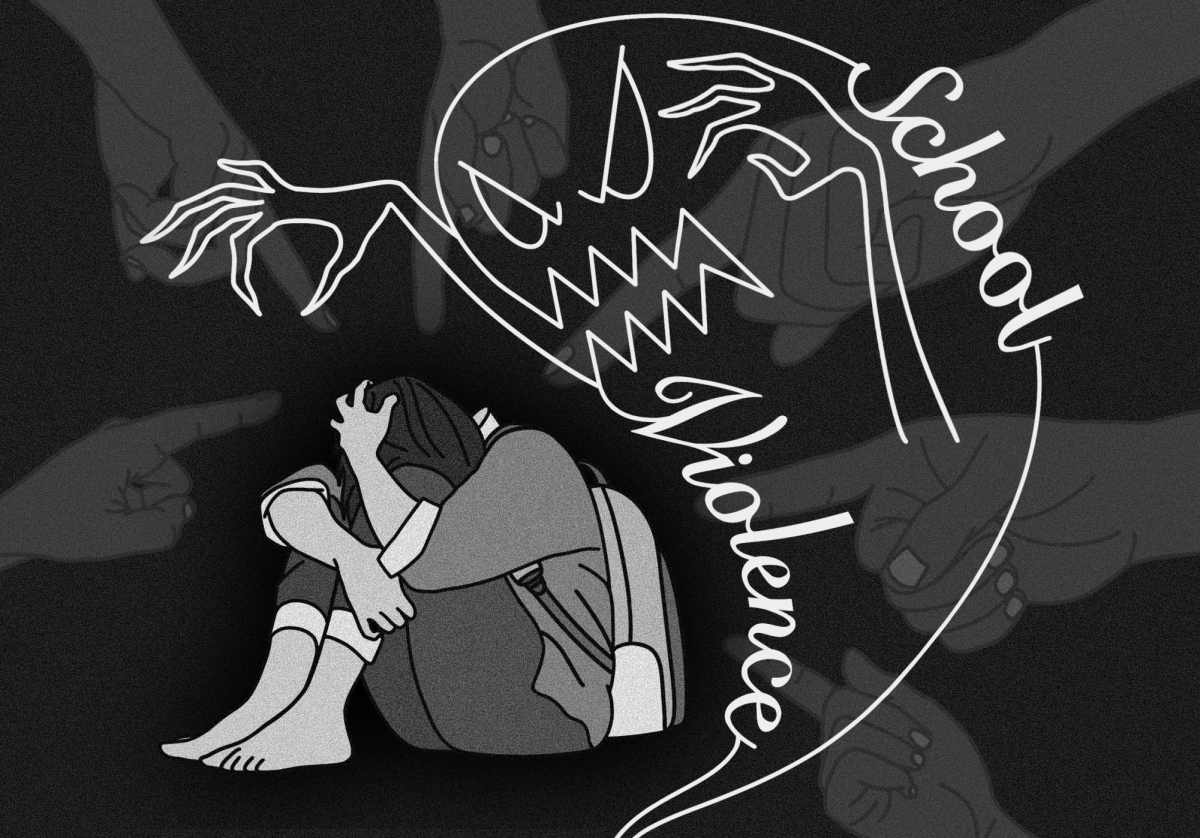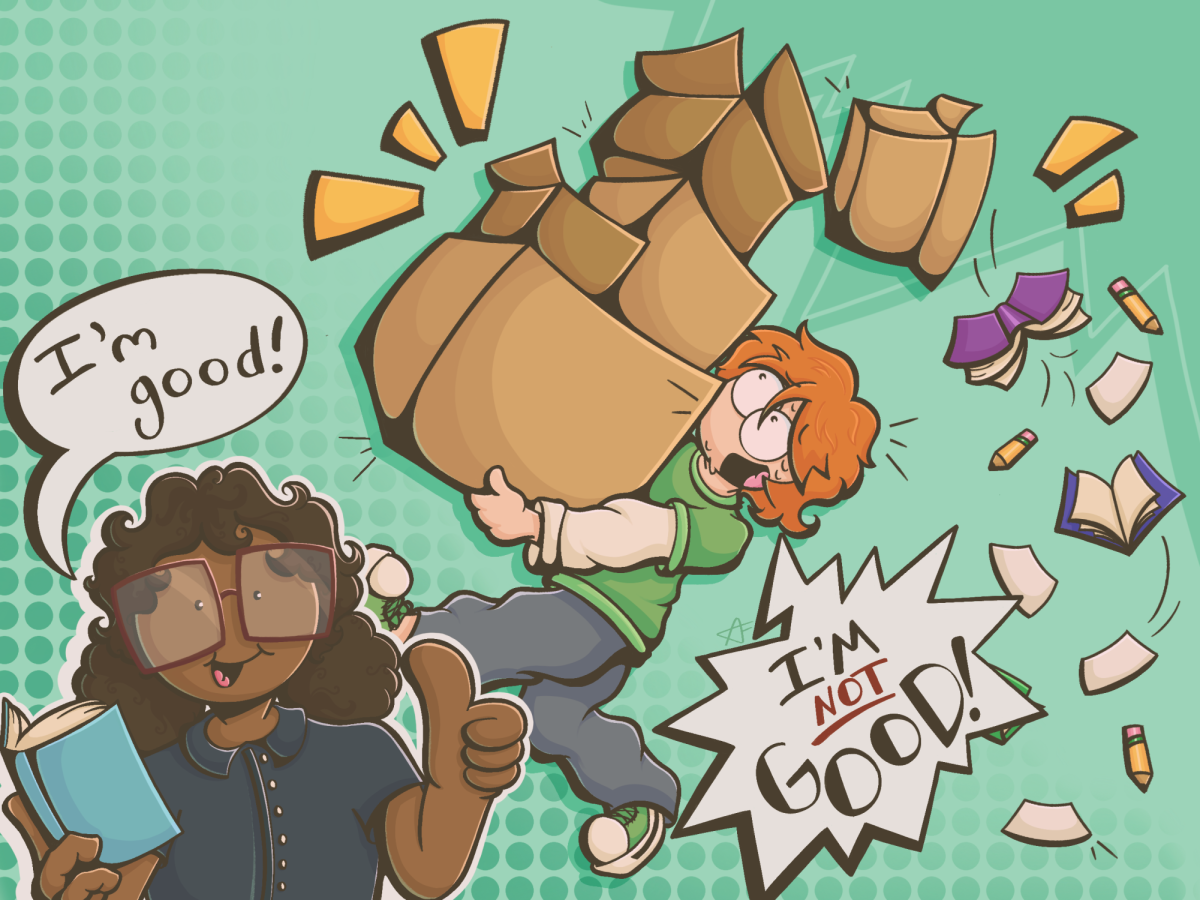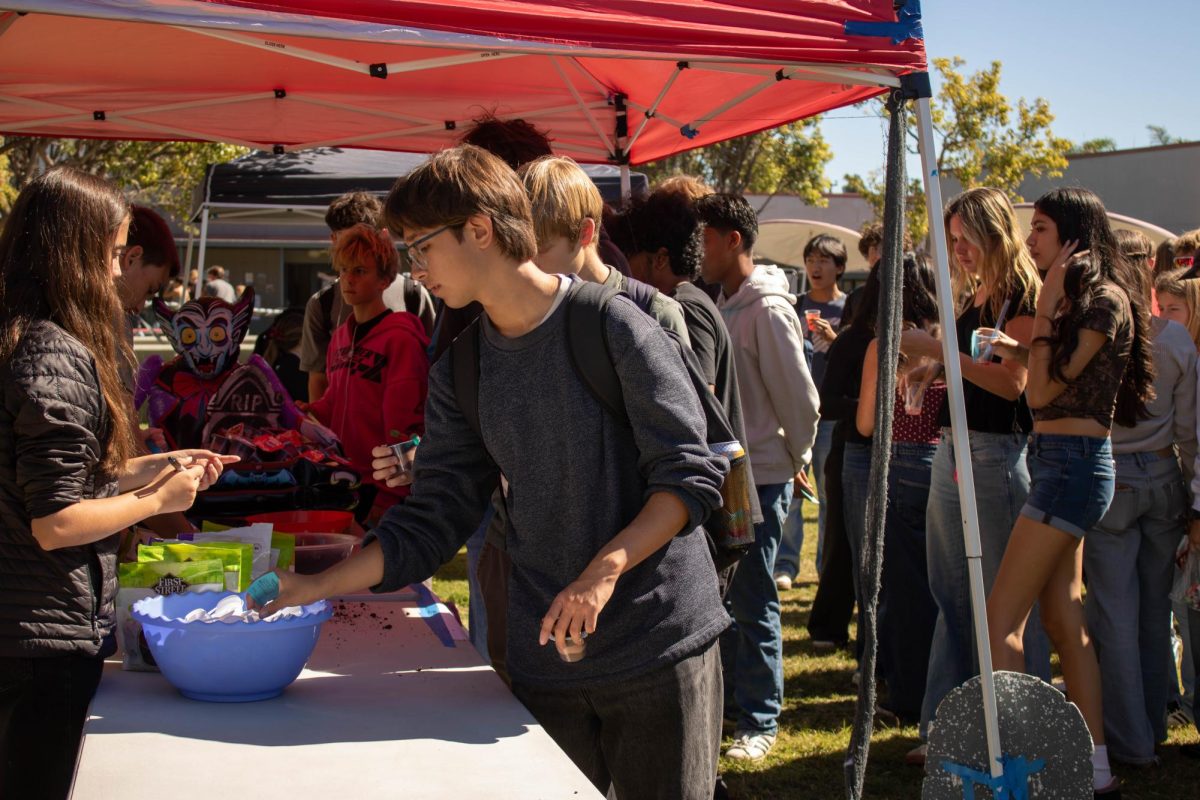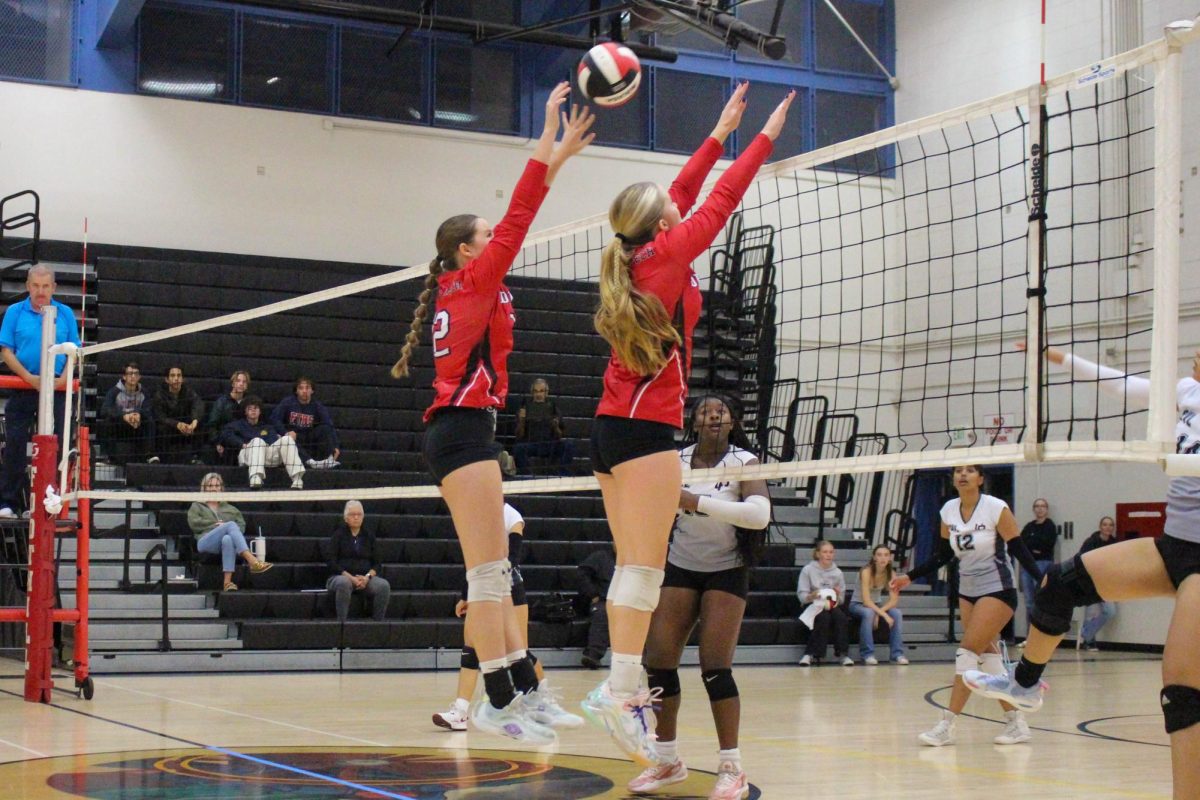Whether a student is homeschooled, attends public school or has already graduated, school violence is a national perturbation. It can occur in any type of setting, from a prestigious boarding school to a small-town public school.
School violence is a multifaceted issue, prevalent throughout the nation, and it has been brought to the forefront by organizations such as the Centers for Disease Control and Prevention (CDC) and the National Education Association (NEA). It exposes children as young as 5 years old to significant risks.
The National Center for Education Statistics (NCES) reported that from 2019 to 2020, there were 25 school-associated deaths. In 2021, there were 15 per 1,000 nonfatal school-associated victimizations, resulting in 1.4 million incidents. As of 2023, The Center for Disease Control and Prevention (CDC) reported on dating and sexual violence in schools, noting that 9.6% of high school students experienced any form of sexual violence, 7.7% experienced sexual teen dating violence (TDV), 6.4% experienced physical TDV, 13.8% experienced electronic bullying and 12.5% were bullied at school in the year prior. The Bureau of Justice Statistics reported that in 2022, 16% of students experienced cyberbullying at least once a week.
Every day, millions of students walk onto campus, an establishment associated with safety and knowledge, but instead, it has become an environment where safety concerns have arisen. “ [School violence] can affect how the students are performing in class, which in turn affects… the students’ overall performance,” Foothill Technology High School (Foothill Tech) student Isabella Alfano ‘25 said. This violence ranges, with some incidents leading to devastating fatalities. A tragedy occurred at Marjory Stoneman Douglas High School in Parkland, Fla., which left 17 dead and 17 injured. On May 3rd, 2024, an incident took place in Oakland, Calif., at Skyline High School, where three people were shot and injured during a high school graduation.
Victims of school violence can suffer from various forms of abuse, including bullying, physical fights, weapon-related incidents, gang violence and active shooter situations. Since 2020, 19% of students aged 12-18 have reported being bullied. Physical dissension between students or staff occurs regularly, with a 6% chance of a student engaging in a physical fight. In addition, 11 students were killed in school-associated violent incidents in recent years. The percentage of students who report gang violence in schools was 9% in 2019, down from 2009, where 20% of students reported gang violence. Weapon-related incidents, including possession of weapons or active shootings, have become common. From 2000 to 2021, there were 1,375 school shootings in the United States.
Overall, student safety is one of the most important factors in creating a sheltered community. School violence is actively being addressed as schools across the country face tragic occurrences every day. Reports from the CDC and the NCES show a significant decrease in deaths, injuries and victimization. School violence is a devastating reality that demands attention — not just the physical marks, but the mental effects that last long after the bell rings.
















